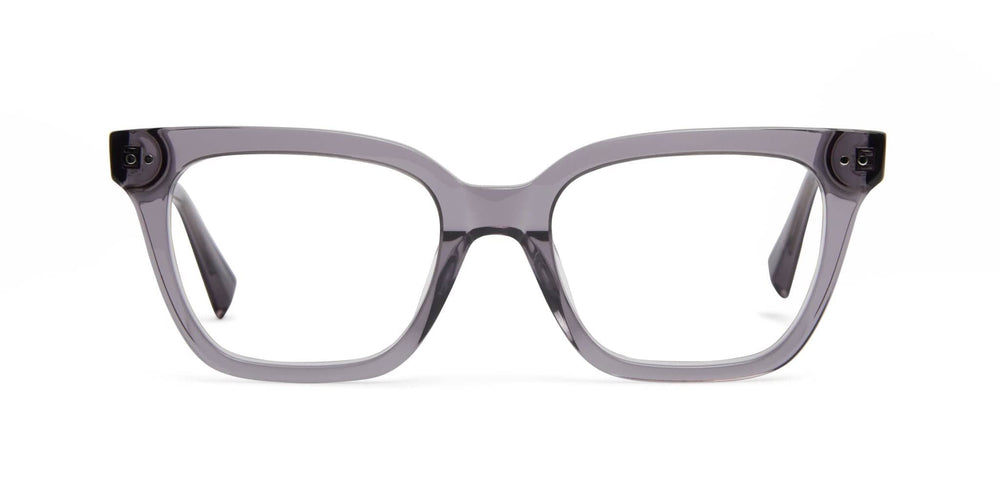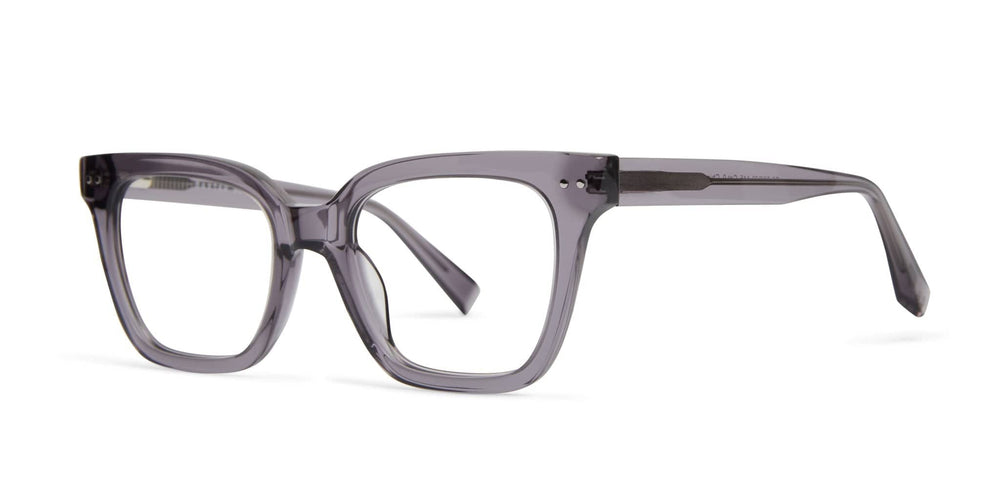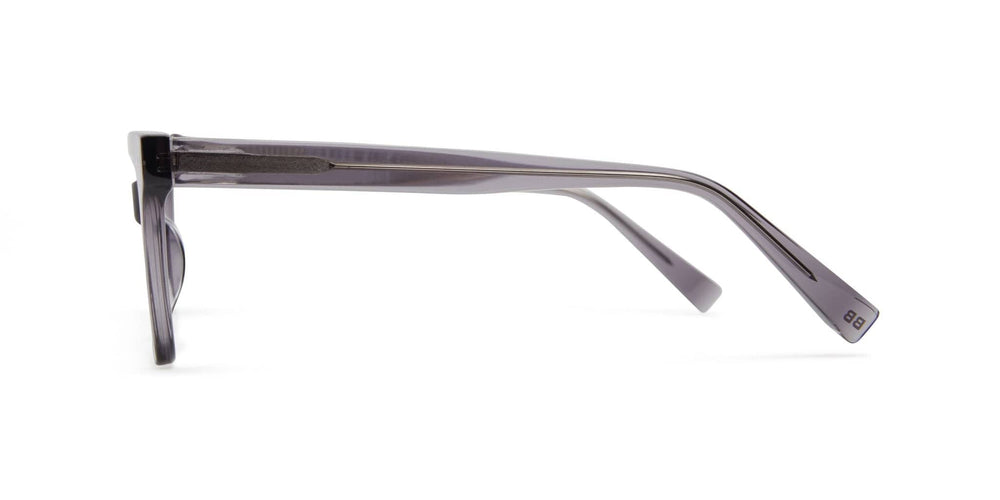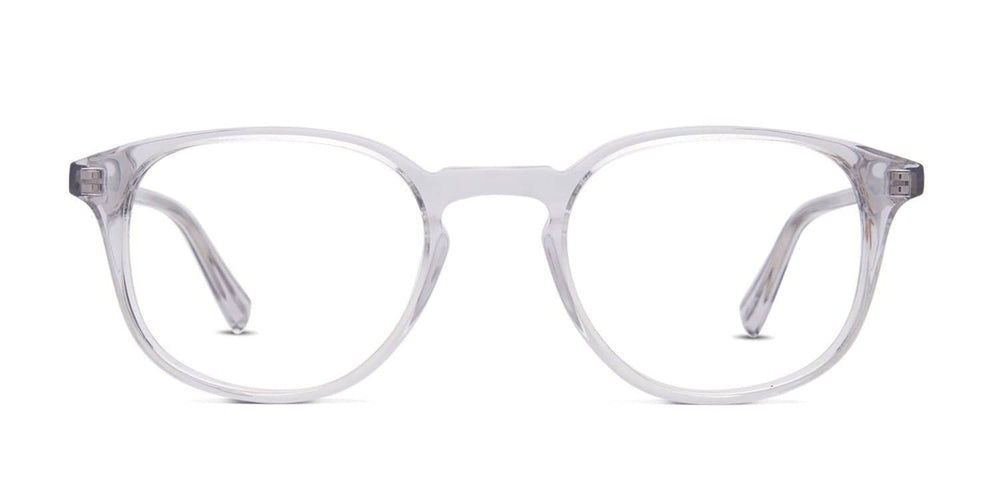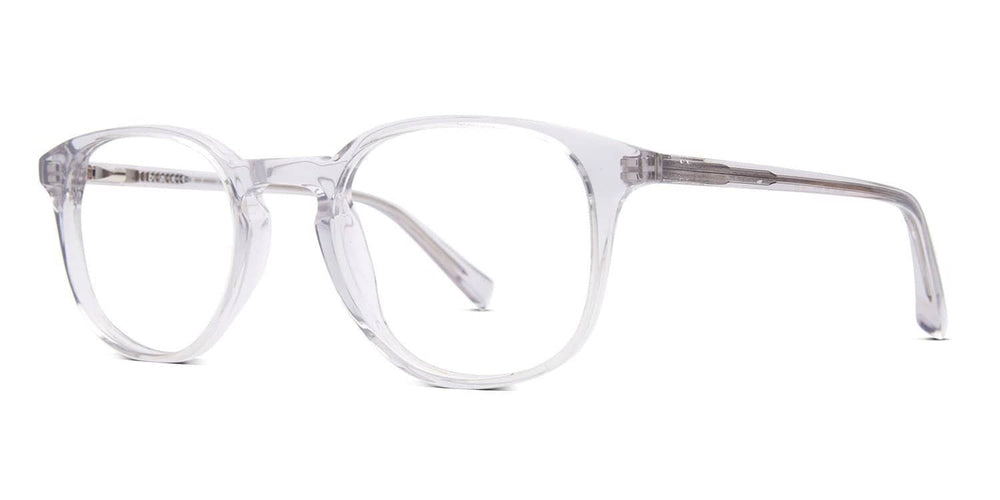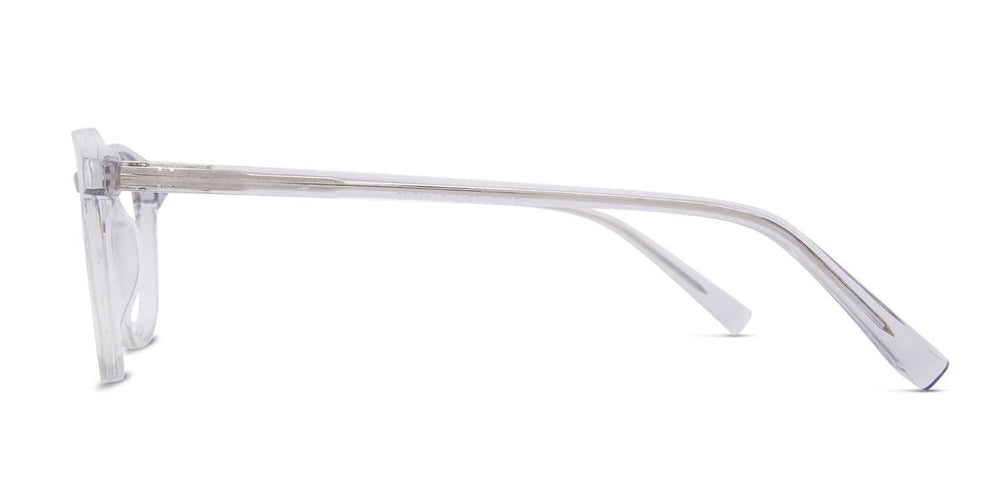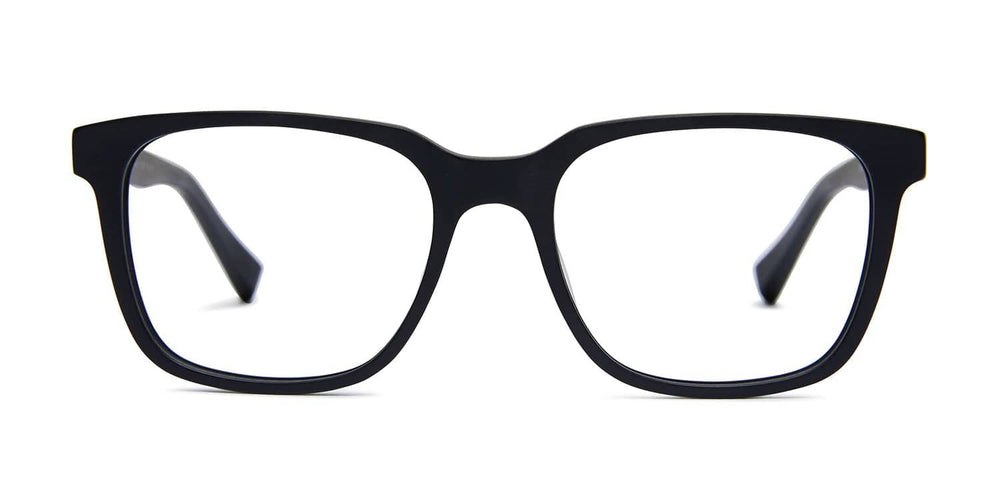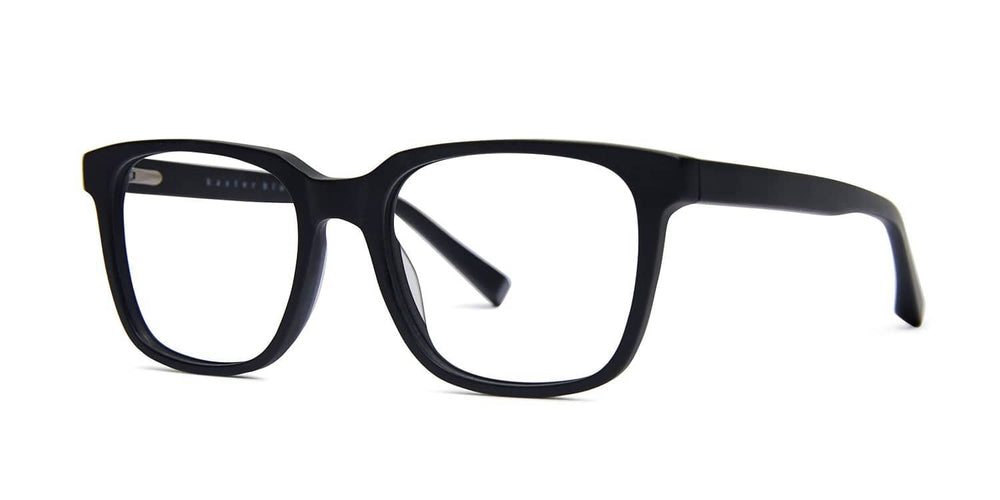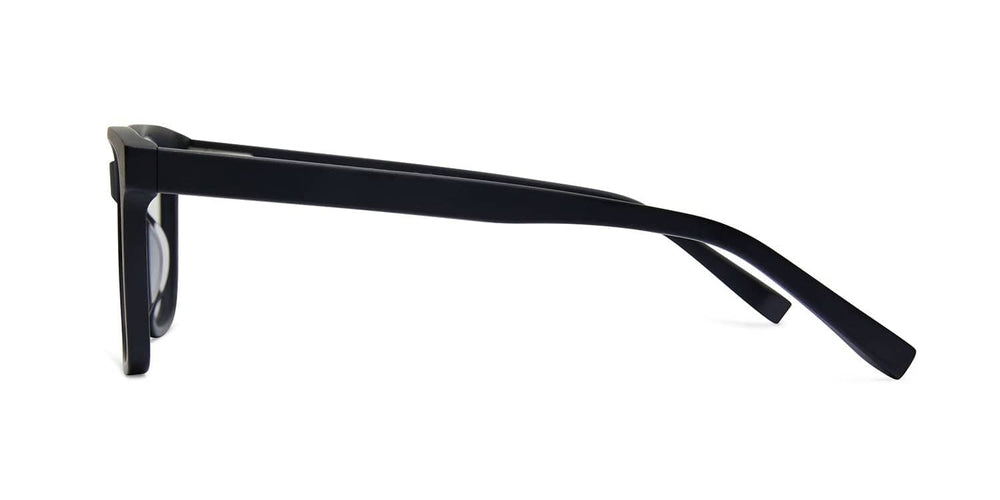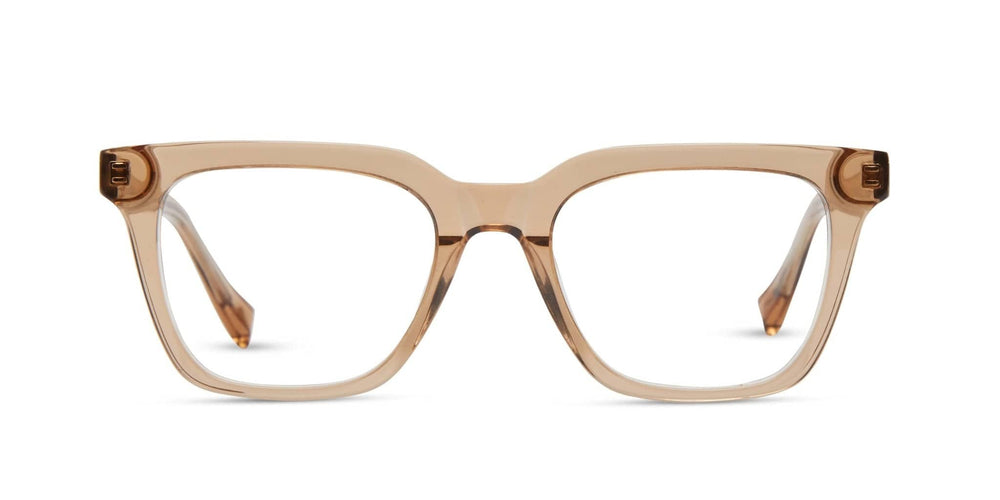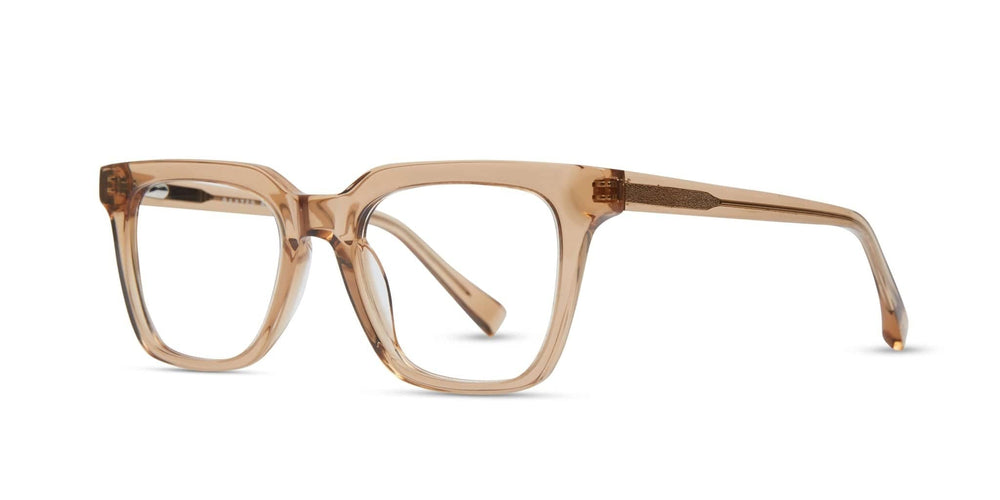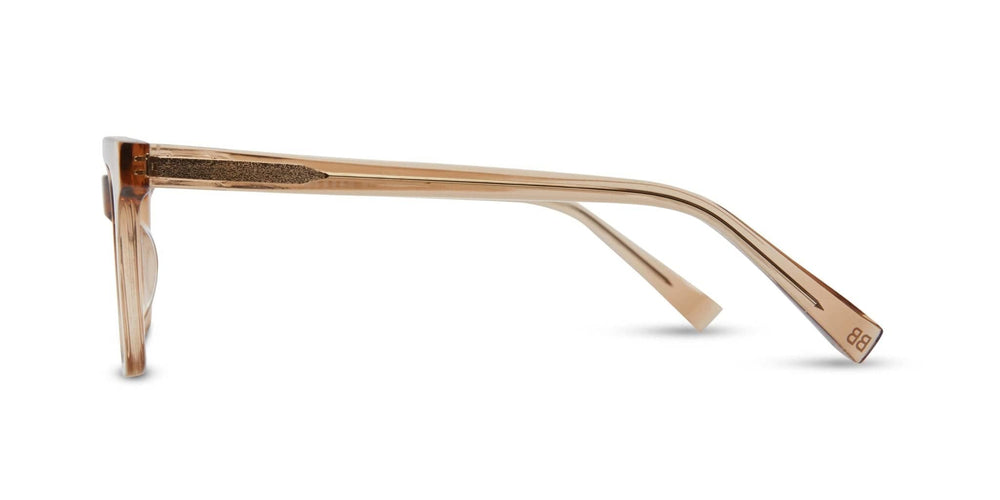Get 20% off 2 or more full priced Baxters or Wellbeing products! Add another full priced item below and a 20% discount will be applied to your overall order at checkout. That's right, 20% OFF your order!
Choose a category
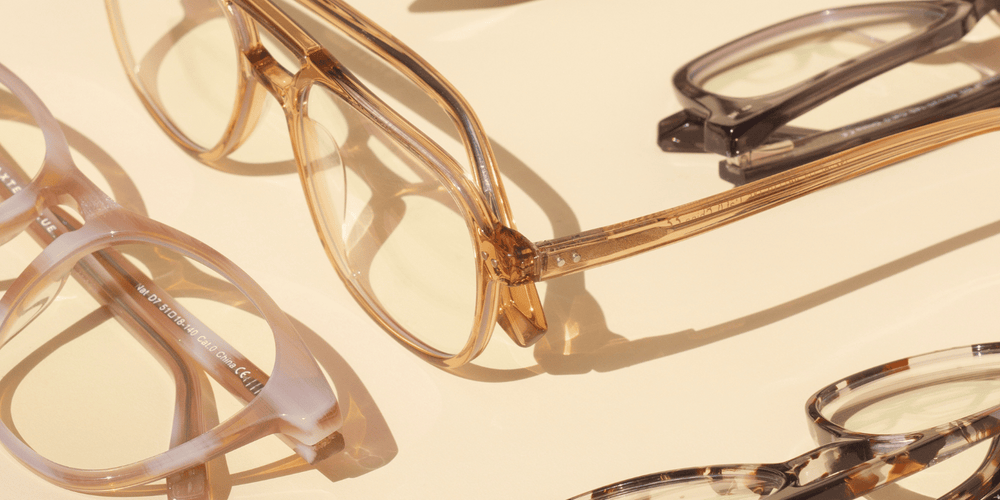
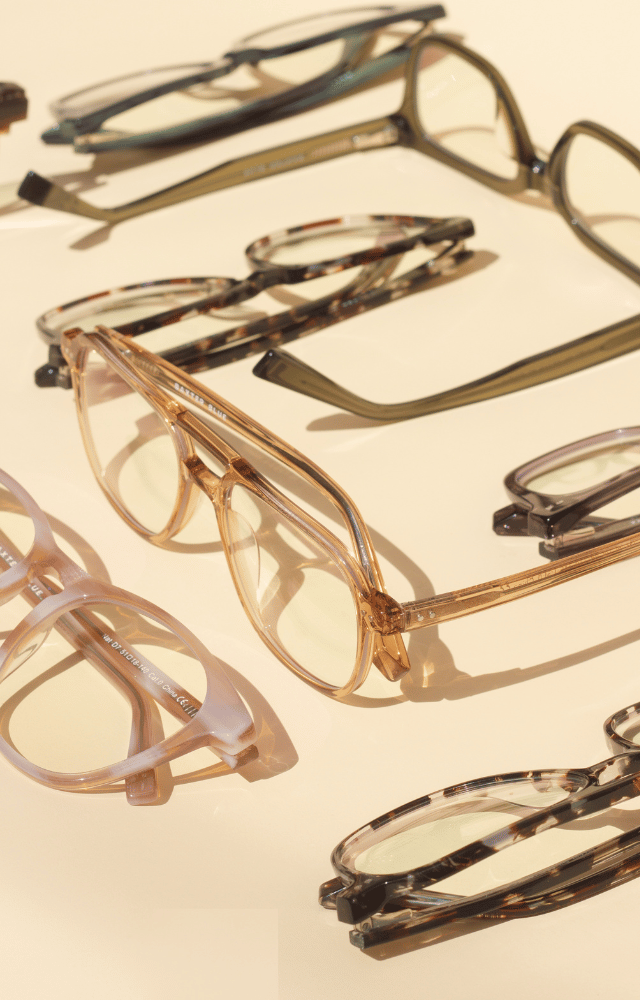
Reading Glasses vs. Progressive Lenses: Which Is Right for You?
06.01.24
Are you finding it increasingly challenging to read fine print or see objects up close as you get older? If so, you're not alone. As we age, our eyes undergo various changes, making it harder to focus on close-up tasks. Thankfully, there are solutions to address this common issue. Two popular options are traditional reading glasses and progressive lenses. In this article, we'll compare the pros and cons of both to help you make an informed decision about which one is right for you.
Traditional Reading Glasses
Traditional reading glasses, also known as "readers," are a simple and affordable solution to correct presbyopia, the age-related decline in near vision. Here are the pros and cons of using traditional reading glasses:
Pros:
Affordability: Traditional reading glasses are typically the most budget-friendly option. They are readily available in phamacies and online retailers, making them accessible to anyone on a tight budget.
Easy to Use: These glasses have a single prescription strength for close-up vision, which means there's no need to adjust to different zones when looking at objects up close.
Lightweight and Portable: Reading glasses are compact, lightweight, and easy to carry around, making them convenient for occasional use.
Cons:
Limited Functionality: Traditional reading glasses are designed solely for close-up tasks like reading, sewing, or using a computer. They are not suitable for distance vision.
Inconvenience: Constantly putting on and taking off reading glasses can become cumbersome, especially when you need to switch between near and distant tasks frequently.
Progressive Lenses:
Progressive lenses, also known as multifocal or varifocal lenses, are a more versatile solution for addressing presbyopia. These lenses offer a gradual transition from near to intermediate to distance vision, eliminating the need for multiple pairs of glasses. Let's explore the pros and cons of progressive lenses:
Pros:
Versatility: Progressive lenses provide a seamless transition between different focal distances, allowing you to see clearly at all distances—near, intermediate, and far.
No Visible Lines: Unlike bifocals or trifocals, progressive lenses have no visible lines on the lens surface, providing a more aesthetically pleasing appearance.
Convenience: With progressive lenses, you can perform a wide range of tasks without constantly switching between glasses, making them highly convenient for daily use.
Cons:
Cost: Progressive lenses tend to be more expensive than traditional reading glasses due to their advanced design and customisation.
Adjustment Period: It may take some time to adapt to progressive lenses, as they require precise head movements to access different zones. This adjustment period can vary from person to person.
Limited Peripheral Vision: Some users may experience peripheral distortion when wearing progressive lenses, especially in the early stages of adaptation.
When deciding between traditional reading glasses and progressive lenses, consider your lifestyle, budget, and visual needs. Traditional reading glasses are an economical choice for occasional close-up tasks, while progressive lenses offer greater versatility for those who require clear vision at various distances throughout the day. It's essential to consult with an eye care professional to determine the most suitable option for your specific prescription and lifestyle. Whether you opt for the simplicity of reading glasses or the convenience of progressive lenses, improving your near vision can greatly enhance your daily life and overall well-being.
Reading Glasses
Shop Now

